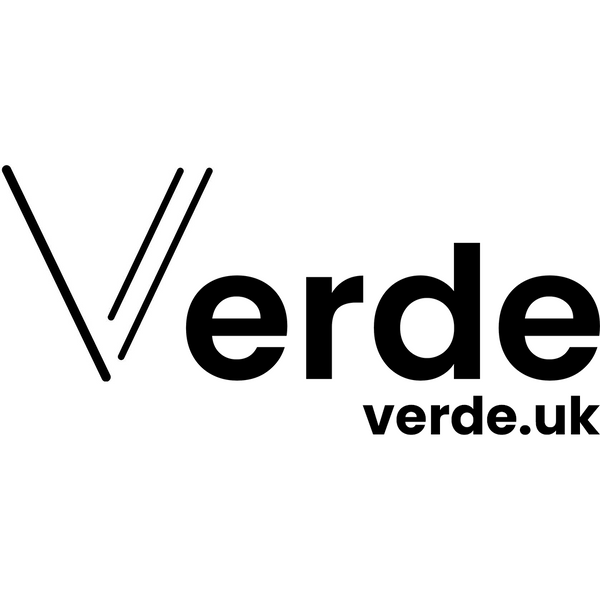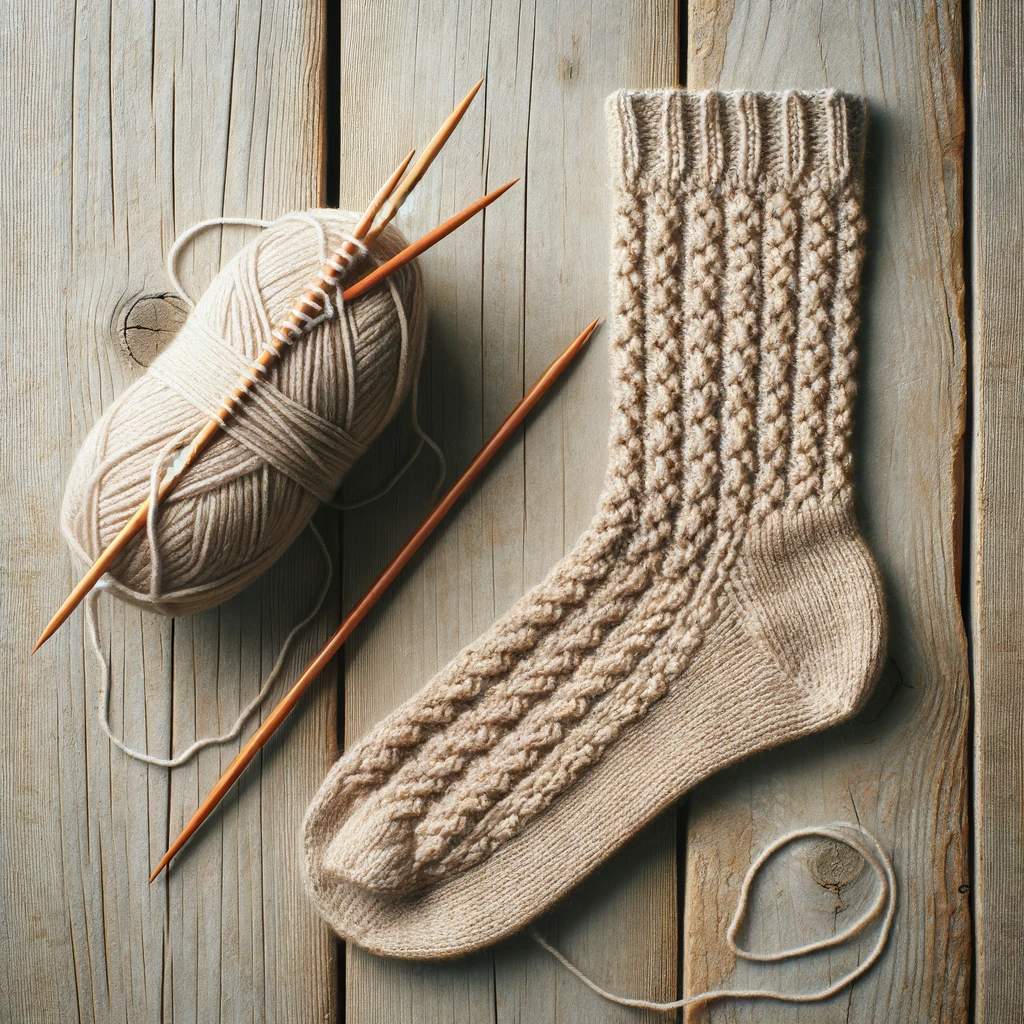Knitting socks is a blend of skill, creativity, and the joy of creating something both beautiful and practical. Whether you're a beginner or a seasoned knitter, there's always something new to learn in the world of sock knitting. Let's look at the basics and explore some popular patterns for all skill levels.
Basics of Knitting Socks:
- Mini circular needles (My personal favourite!): Mini circular needles are typically about 9 to 12 inches (23 to 30 cm) in length. This includes the needle tips and the cable connecting them. Needle tips are usually shorter than those on standard circular needles, which helps in managing the smaller circumference of socks. This makes them quick and seamless to use.
- Double-pointed Needles (DPNs): These are sets of five short needles with a point on each end. Knitting with DPNs can be daunting at first, as you handle multiple needles simultaneously, but they offer a traditional and practical way to create seamless socks.
- Long Circular Needles and the Magic Loop Method: A long circular needle can be used for the magic loop method, which eliminates the need for multiple needles and is great for knitting two socks at once. It does however take time to repeatedly pull the cable through and can result in some laddering in the socks.
- Yarn Choice: Look for yarns labelled as 'sock yarn', which contain a blend that include a fibre such as Bamboo which is a popular choice for its softness, plus a regenerated or sustainable nylon substitute for strength.
- Gauge Swatching: Gauge refers to the number of stitches per inch. Knitting a small swatch first helps you adjust needle size to achieve the correct gauge, ensuring your socks fit perfectly.
Common Techniques:
- Cuff Down Socks: Most traditional sock patterns start from the cuff. This method allows you to adjust the length of the leg easily and is excellent for patterns with complex leg designs.
- Toe Up Socks: This technique starts from the toe and works up. It's great for using every bit of yarn, especially when you have limited yarn or are unsure if you'll have enough for the full length.
- Heel Types: The heel flap and gusset offer a classic fit and are great for striped or patterned yarns. Short row heels are smoother and simpler, good for solid colours or gradient yarns. The afterthought heel is added after the rest of the sock is finished, allowing for easy colour changes or repairs.
Popular Sock Options:
- Basic Socks: These use garter or stockinette or a mixture of the two as a great starter sock. For a fun option, use a self striping sock yarn that make it easy to create a stunning pair with a simple pattern.
- Try a Basic Ribbed Sock: This pattern is not only stretchy but also forgiving in terms of fit, making it ideal for beginners. It typically involves a knit 2, purl 2 rib pattern.
- Colorwork Socks: Techniques like Mosaic, Fair Isle or intarsia bring vibrant colours and patterns to your socks. These are more advanced but incredibly rewarding and eye-catching.
- Lace Patterns: Lace socks can range from simple eyelet designs to complex patterns. They're surprisingly sturdy and offer a feminine, delicate look.
- Cable Knit Socks: Incorporating cables into your socks adds texture and visual interest. They can be as simple or intricate as your skills allow.
Tips for Sock Knitting Success:
- Consistent Tension: This is key for socks that fit well and wear evenly together with the gauge swatch as mentioned earlier. Practice maintaining an even tension throughout your project.
- Reinforcing Heels and Toes: Consider using a more durable stitch pattern in these areas to extend the life of your socks, such as a Heel stitch (a slip stitch technique), Eye of Partridge Stitch, or double knitting.
- Washing and Care: Most hand-knit socks do best with gentle hand-washing. Superwash yarns can be more tolerant of machine washing, but always air dry or use a sock blocker to maintain shape.
Choosing the Right Pattern:
- For Beginners: Start with basic patterns and master the fundamental techniques. Gradually increase complexity as you gain confidence.
- For Experienced Knitters: Challenge yourself with intricate lace, cables, or colorwork. Experiment with different heel and toe styles to find your favourite.
- Resources: Websites like Ravelry and YouTube offer a plethora of patterns and tutorials for all levels. Joining a knitting group or online community can also provide support and inspiration.
I've gifted several pairs of handmade socks over the years and these are just a few of my tried and tested patterns suitable for variety of levels:
Beginner - Basic 4ply Socks by Winwick Mum
Easy - Basic Ribbed Socks by Kate Atherley
Slightly more tricky with simple crossed stitches - Business Casual by Tanis Lavallee
More adventurous using single columns of cables - Paraphernalia by Taina Anttila
Conclusion:
Sock knitting is a delightful and satisfying craft that offers endless possibilities for creativity and personal expression. From the simplest pair to the most intricate design that brings warmth and comfort to both the maker and the wearer. Whether you're curled up with your needles on a quiet evening or seeking a fulfilling project, there's a sock pattern out there for everyone.
Happy knitting!

